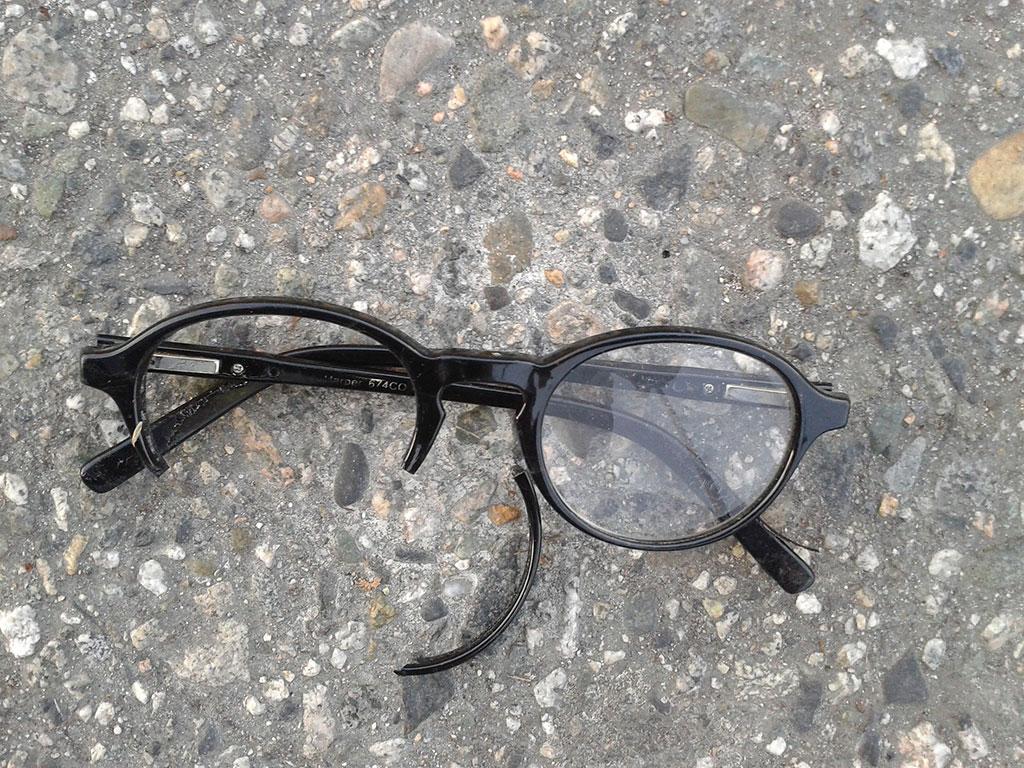
Signs It’s Time to Change Your Prescription Eyeglasses
Prescription eyeglasses are an essential tool for clear vision and optimal eye health. Over time, our eyes can change, and our glasses may no longer provide the correction we need. It’s important to recognize the signs that indicate it’s time for a new pair of prescription eyeglasses. In this comprehensive guide, we’ll explore the common signs that your eyeglass prescription has changed and provide actionable steps to ensure you maintain clear vision and eye comfort.
Understanding the Importance of Updated Prescription Eyeglasses
Many individuals find a pair of eyeglasses that they love and stick with them for years, assuming that as long as they can still see through them, their vision is fine. However, our eyesight can change gradually and subtly, making it difficult to notice the decline in visual acuity. It’s crucial to understand that even if you can see reasonably well with your current glasses, there may be room for improvement with an updated prescription. Optometrists recommend getting your eyes checked every two years to ensure your prescription is up-to-date and accurately addresses your visual needs.
The Clear Signs Your Prescription Eyeglasses Need Updating
While blurry vision is an obvious sign that your prescription eyeglasses need updating, other subtle signs indicate it’s time for a change. By paying attention to these signs, you can proactively address any vision changes and ensure optimal eye health.
1. Frequent Squinting
One of the first signs that your prescription eyeglasses may no longer be suitable is frequent squinting. Squinting allows a concentrated amount of light to enter your eyes, temporarily improving vision. However, when you find yourself squinting even while wearing your glasses, it’s a clear indication that your current prescription is no longer providing adequate vision correction. Squinting puts unnecessary strain on your eyes and can lead to eye fatigue and headaches.
2. Headaches and Eye Strain
If you’re experiencing more frequent headaches than usual, it may be a sign that your prescription eyeglasses need updating. Over time, an outdated prescription can cause your eyes and brain to work harder to compensate for the visual deficiencies. This additional effort can lead to tension in the eye muscles, resulting in headaches and eye strain. If you find yourself reaching for pain relievers more often due to headaches, it’s time to schedule an appointment with your optometrist.
3. Extended Time Since Your Last Eye Exam
The American Optometric Association recommends scheduling a comprehensive eye exam every two years. Regular eye exams are essential not only for updating your prescription but also for assessing your overall eye health. By adhering to this recommendation, you can ensure early detection of any eye conditions and maintain optimal vision. If it has been more than two years since your last eye exam, it’s crucial to make an appointment with your eye care professional.
4. Double Vision
Seeing double or experiencing blurry or distorted vision can be an alarming sign that your prescription eyeglasses are no longer meeting your visual needs. Double vision occurs when your eyes are not working together cohesively, resulting in overlapping or duplicated images. If you notice any instances of double vision, it’s imperative to consult with your optometrist for a comprehensive eye examination and potentially an updated prescription.
5. Scratched or Damaged Glasses
While not directly related to your prescription, the condition of your glasses can significantly impact your visual experience. Scratched lenses can cause blurriness and distortion, affecting the quality of your vision. Likewise, bent frames can alter the positioning of your glasses on your face, leading to discomfort and compromised vision. If your glasses are scratched or damaged, it’s time to consider getting a new pair to ensure optimal visual clarity.
Other Factors to Consider When Updating Your Prescription Eyeglasses
In addition to the clear signs mentioned above, there are other factors to consider when deciding whether to update your prescription eyeglasses. These factors can influence your comfort, style preferences, and overall eye health.
1. Outdated Style
Fashion-forward individuals may opt to update their prescription eyeglasses to keep up with the latest trends. Eyewear styles evolve over time, and wearing outdated frames can make you feel less confident and stylish. If you feel that your current glasses no longer reflect your personal style or preferences, it may be the perfect opportunity to explore new frames that match your aesthetic.
2. Desired Lens Features
Advancements in lens technology have introduced various features that can enhance your visual experience. For example, blue light lenses can help reduce eye strain caused by digital devices, while photochromic lenses automatically adjust to different lighting conditions. If you’re interested in incorporating these features into your eyeglasses, updating your prescription presents an excellent opportunity to explore these options.
How to Update Your Prescription Eyeglasses
Now that you’re aware of the signs indicating the need for new prescription eyeglasses, it’s essential to know how to proceed with the updating process. Follow these steps to ensure a smooth transition to your new glasses:
1. Schedule an Eye Exam
The first step is to schedule an appointment with your optometrist for a comprehensive eye examination. During the exam, your eye care professional will assess your visual acuity, check for any underlying eye conditions, and determine the most accurate prescription for your eyeglasses.
2. Communicate Your Concerns and Preferences
During the eye exam, make sure to communicate any specific concerns you have regarding your vision and eyeglasses. Whether it’s frequent headaches, difficulty seeing at night, or any other visual discomfort, providing this information will help your optometrist tailor your new prescription to address your unique needs. Additionally, if you’re interested in lens features like blue light protection or photochromic lenses, express your preferences to explore suitable options.
3. Choose Frames That Suit Your Style
Once you have your updated prescription, it’s time to select new frames that not only provide optimal vision correction but also match your personal style. Visit a reputable eyewear retailer or consult with your optometrist to explore a wide range of frames that suit your face shape, lifestyle, and fashion preferences. Finding frames that make you feel confident and comfortable will enhance your overall satisfaction with your new prescription eyeglasses.
4. Ensure Proper Lens Fitting
Proper lens fitting is crucial for optimal visual acuity and comfort. Make sure to work with a skilled optician who can accurately measure the dimensions of your face and ensure that the lenses are positioned correctly within the frames. A well-fitted pair of prescription eyeglasses will provide clear vision and prevent discomfort caused by improper alignment.
5. Maintain Regular Eye Exams
Once you’ve updated your prescription and received your new eyeglasses, it’s essential to maintain regular eye exams to monitor any changes in your vision. Regular check-ups allow your optometrist to detect any potential eye conditions early on and ensure that your prescription remains accurate and suitable for your visual needs.
Find Your Perfect Prescription Eyeglasses with Authorized Braun Classics Points
When it comes to updating your prescription eyeglasses, it’s crucial to rely on trusted and reputable eyewear providers. Braun Classics, our specialized optic partners, offer a wide selection of high-quality eyewear options that cater to various styles and preferences. Visit the nearest Braun Classics point to find your perfect pair of prescription eyeglasses and experience clear vision and exceptional comfort.
Conclusion
Your prescription eyeglasses play a vital role in maintaining clear vision and eye health. By recognizing the signs that indicate it’s time for a change, you can proactively ensure optimal visual acuity and prevent potential eye strain or discomfort. Remember to schedule regular eye exams, communicate your concerns and preferences to your optometrist, and choose frames that suit your style and lifestyle. When you visit authorized Braun Classics points, you can trust that you’ll find the perfect pair of prescription eyeglasses to meet your unique needs and elevate your visual experience.

